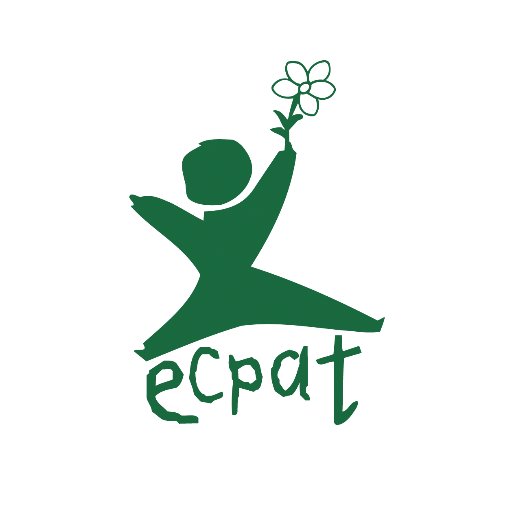

Old and new threats of child sexual exploitation in South Asia
EMBARGO – 00:00, 16 MARCH 2018, Bangkok, Thailand – ‘Ancient’ and new forms of sexual exploitation that exist ‘side-by-side’ are putting the children of South Asia at risk says a new report.
Research released this week by ECPAT International claims that the sub-continent has long been a place where the sexual exploitation of children is a serious concern, with early and forced marriage, and the trafficking of children for sexual purposes established norms in many societies. However, the report says that today, children are more prone to be victimized in both the “old and the new worlds evolving side by side.”
“All across South Asia, we have ancient brothels that have always been filled with trafficked girls,” says Rajib Haldar, ECPAT Regional Coordinator for South Asia. “What is new however, is that today these may co-exist with online child sexual exploitation, or even be contributing to this trade by promoting live streaming. At the same time, the old practice of sexually exploiting out-of-school child workers is happening today alongside the cyber bullying of school pupils. In South Asia, sexually abused child brides can live next-door to university educated girls being sexually exploited through social media.”
The report says that the online sexual exploitation of children is one of the most worrying trends in the region, and there are two kinds of online risks that are increasing for children. “On one hand, we see child sexual abuse material created, and exchanged both regionally and globally,” says Haldar. “On the other hand, we see sexual harassment and extortion of children online, mainly affecting girls. In these cases, the perpetrators are generally known to the victims, often peers or adults in the circle of trust. Sexualized images are often shared publicly on social media, and have been moving from more static platforms such as Facebook, to faster moving, more private apps such as WhatsApp, WeChat or Snapchat.”
In South Asia young people are at the forefront of Internet use. For example, in Sri Lanka, more than half of young people are online; in Bangladesh, about 85 percent of the country’s 85 million Internet users are youth; in Pakistan close to half of under 18s spend more than five hours a day online; and India has one of the highest numbers of smart phone users among young people on the planet.
“South Asian young people are gaining access to the Internet at a rapid rate via mobile phones,” says Haldar. “Free Wi-Fi hotspots often act as magnets connecting children. While this is mostly positive, it has a dark side that is increasing the risk of traditional forms of exploitation and abuse.”
The ECPAT research also points a finger at the region’s burgeoning tourism industry, warning that South Asian countries need to move quickly to better understand and counter the threat posed to children through this sector. An adverse impact of the expansion of the travel and tourism sector in South Asia is the increased threat that travelling child sex offenders pose to children. And it is not only foreigners that are a danger. Cases of domestic travelling sex offenders are also on the rise.
“South Asia needs to quickly realize that the multiplication of travel options and vacation packages may imply increasing threats for children also by local travelling child sex offenders,” says the report. “While traditional destinations for foreign child sex offenders, such as those in neighbouring Southeast Asian countries, begin to tighten up legal frameworks and create child protection mechanisms, South Asia is just beginning to acknowledge and address the sexual exploitation of children through travel and tourism.”
Although solid data is not available, previous ECPAT research suggests that the sexual exploitation of children in travel and tourism has been moving beyond traditional tourist locations and has started emerging in most of the countries in the region, especially India and Nepal.
